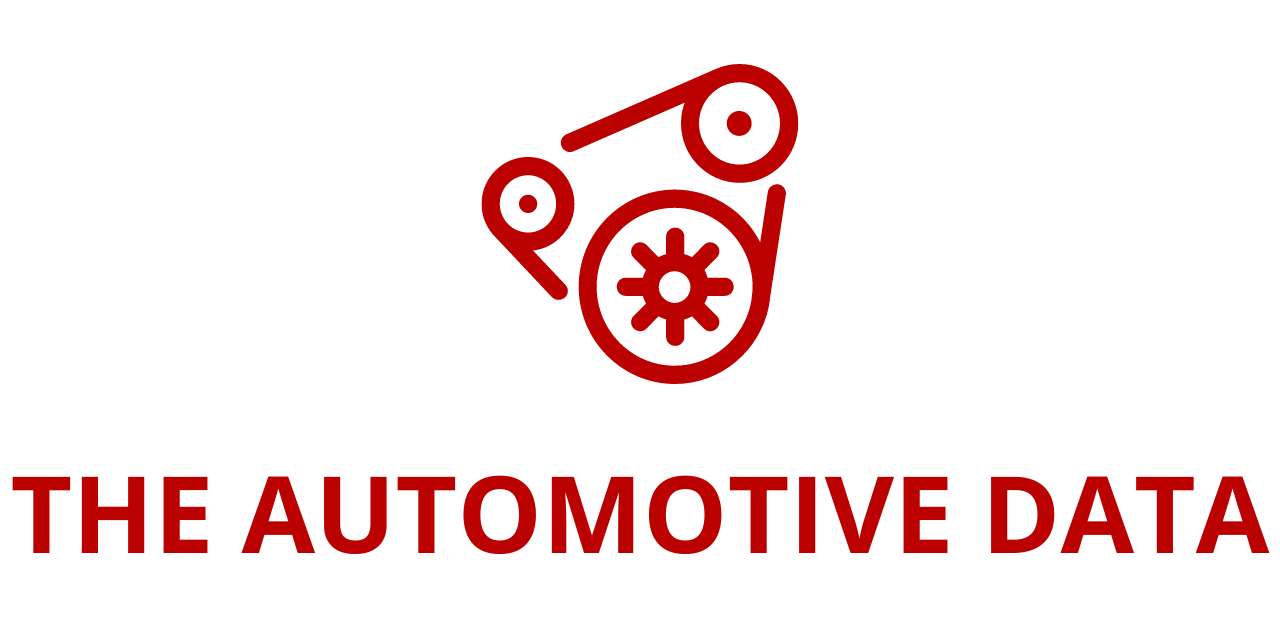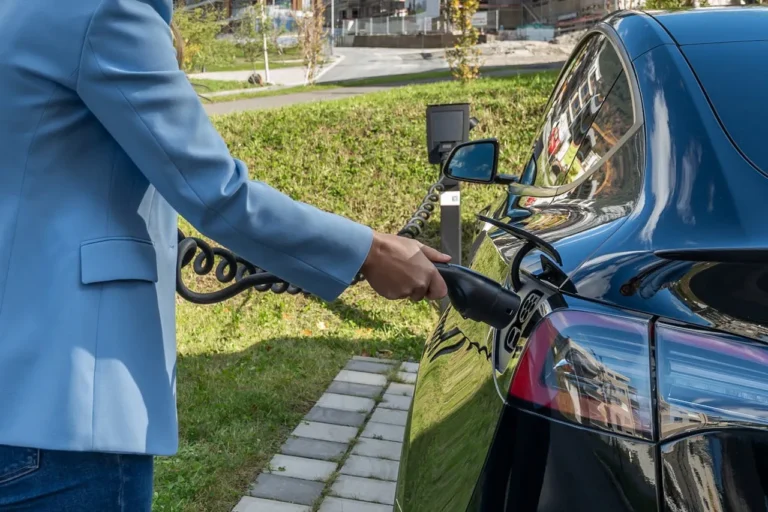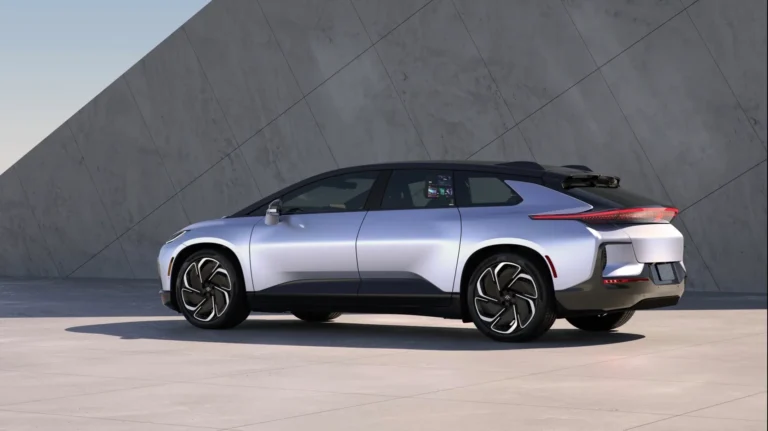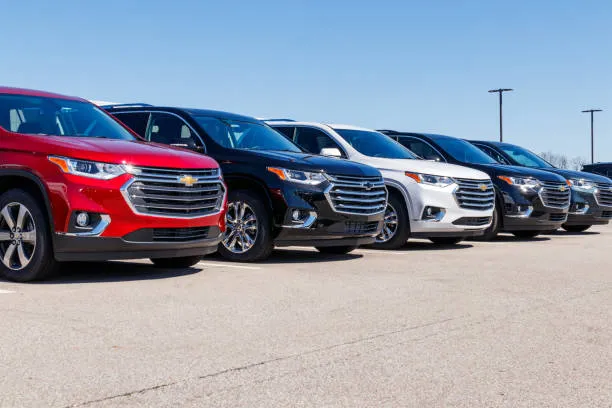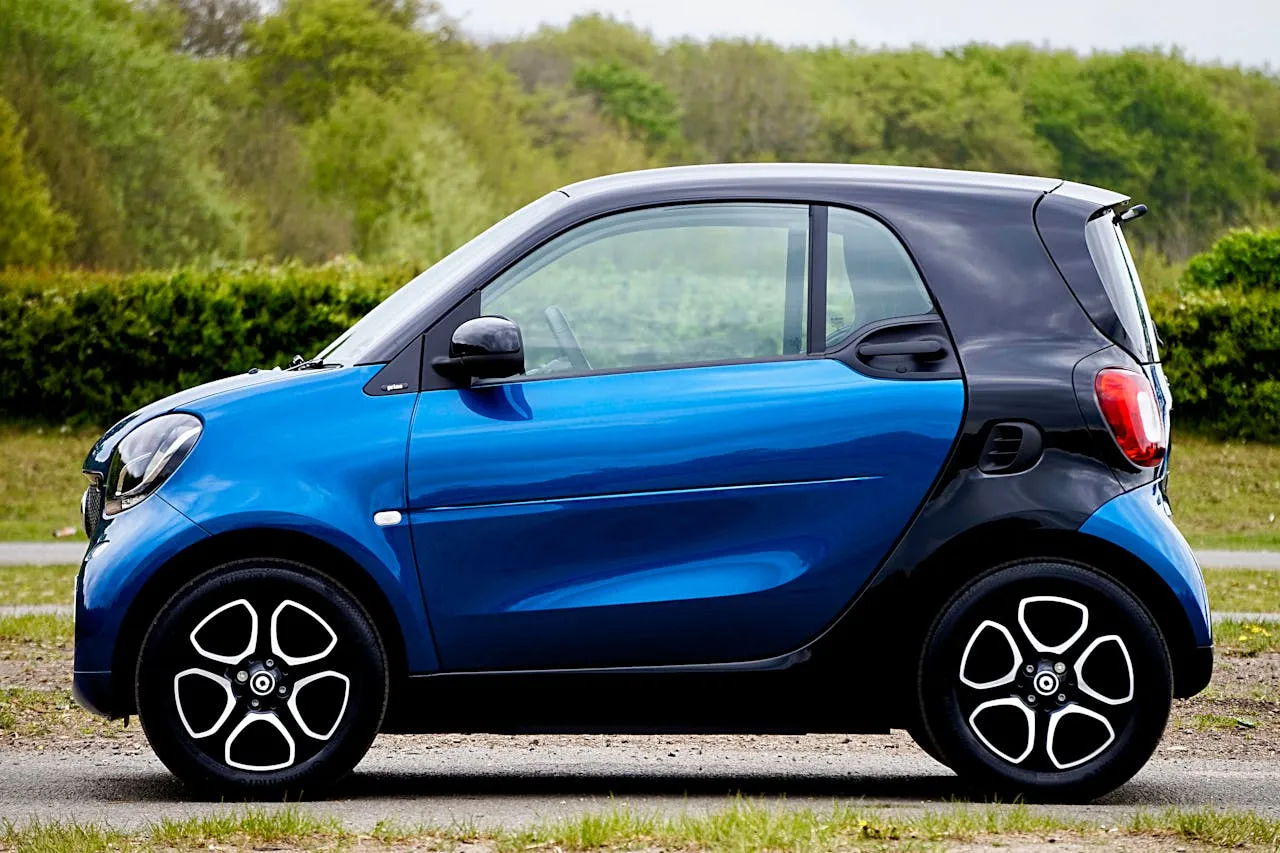
The “Smart Car OTA Industry Report, 2024-2025”
The “Smart Car OTA Industry Report, 2024-2025” provides an in-depth look at the dynamic automotive over-the-air (OTA) sector in China and globally. With the rapidly growing adoption of OTA updates, Original Equipment Manufacturers (OEMs) are accelerating their compliance with national and international standards, improving the efficiency and scope of vehicle software updates. This report examines the technologies, trends, and regulations shaping the OTA market, offering a detailed overview of how automakers and suppliers are adapting to the changing landscape.
The Rise of OTA Technology in Automotive
Over-the-air technology has become increasingly important in the automotive sector, particularly as smart vehicles and autonomous driving features continue to evolve. Smart Car OTA updates allow for the remote installation of software updates, enhancing the vehicle’s functionality, safety, and user experience without requiring a visit to the dealership. These updates can range from improving the in-car infotainment system to deploying new features for advanced driver assistance systems (ADAS).
As of 2024, China is witnessing significant growth in OTA adoption. Between January and September 2024, approximately 11.083 million passenger cars in the country were equipped with OTA capabilities, marking a 37.9% year-on-year increase. The installation rate of OTA technology hit 71.7%, a 17.3 percentage point rise compared to the previous year. The trend suggests that by 2030, over 90% of passenger vehicles in China are expected to support OTA updates. This rapid adoption reflects the increasing importance of connectivity in modern vehicles and the demand for regular updates to enhance the driving experience.
Intelligent Technologies and the Role of OTA Updates
One of the key factors driving the growth of OTA technology in cars is the integration of advanced intelligent technologies. New intelligent features such as AI-based foundation models and Navigation On Autopilot (NOA) systems are being rapidly adopted by automakers, and OTA updates play a pivotal role in delivering these innovations to consumers.
In 2024, OEMs are pushing the boundaries of what is possible with OTA updates. Many car models introduced in this period enable new intelligent driving functions, such as NOA and Automatic Emergency Braking (AEB), which are implemented through OTA. Smart Car These functions are not static; they continue to evolve through frequent updates, enhancing the vehicle’s performance and safety features over time.
The frequency of OTA updates has surged significantly in 2024. While updates were relatively infrequent in previous years, many OEMs are now conducting monthly updates that cover a broader range of functions. This shift reflects the industry’s commitment to continually improving vehicles and ensuring they remain up-to-date with the latest technology. Smart Car The updates are not limited to software changes; many involve hardware improvements as well, further enriching the user experience.
Improving OTA Hardware and Update Speed
OTA technology is evolving not only in terms of software but also hardware. The hardware required for OTA updates has become more sophisticated, as it needs to support faster updates and better overall performance. The growing demand for high-performance vehicles and software systems has prompted OEMs to implement more powerful hardware, including faster processors, higher bandwidth, and improved communication speeds.
For example, Xiaomi’s 2024 SU7 model features a cutting-edge streaming update technology that allows for simultaneous downloading and installation. This enables the entire cockpit system to be updated in just three minutes, while the whole car can be updated in 30 minutes. The technology also employs dual-zone backup and flashing, making the process faster and more reliable.
Another notable development in 2024 comes from Chery, which partnered with Huawei to build a new intelligent vehicle base using the Mars Architecture. This base incorporates Gigabit Ethernet and 1000TOPS computing power, allowing for OTA updates to be completed in 25 minutes with a 99.9% one-time success rate. These advancements indicate a strong focus on improving the speed and reliability of OTA updates, providing a seamless experience for users.
The demand for faster and more efficient OTA updates also extends to the hardware of older vehicles. In November 2024, Xpeng launched a crowdfunding initiative to upgrade the chips in older car models. The original Qualcomm 820A chip was replaced with the more powerful Qualcomm 8295, which is used in newer models like the P7+ and X9. This upgrade improves boot speed, system fluidity, and introduces the latest AI Dimensity system to older vehicles via OTA updates.

Regulatory Developments and Compliance Challenges
As OTA technology becomes increasingly widespread, regulatory bodies are stepping up their efforts to establish standards and guidelines for software updates. In August 2024, China’s Ministry of Industry and Information Technology issued a draft notice aimed at strengthening the management of OTA updates for intelligent connected vehicles. This notice outlines new requirements for the traceability and supervision of software updates, emphasizing the need for comprehensive registration and compliance.
The draft also proposes that automakers provide detailed information about the electronic control systems involved in OTA updates and the storage location of these systems. Additionally, the software version compilation rules must be clearly documented and filed. Once officially implemented, these regulations will enforce stricter oversight of OTA updates, creating more challenges for OEMs in ensuring compliance.
Another significant regulatory development in 2024 was the release of the national mandatory standard GB 44496-2024, which outlines the general technical requirements for vehicle software updates. This standard mandates that all new vehicle models must comply with these requirements by January 1, 2026. Existing models must also adhere to the standard by January 1, 2028. The implementation of these standards, along with other regulations such as the UN WP.29 R156 and ISO24089, underscores the growing importance of compliance for OEMs in the automotive OTA space.
In response to these regulatory changes, OTA technology suppliers such as ABUP and CAROTA are intensifying their efforts to ensure their solutions meet the new standards. These suppliers are working closely with automakers to help them navigate the increasingly complex regulatory environment and implement effective OTA update systems.
Market Outlook and Key Players
The automotive OTA market is expected to continue growing as the adoption of intelligent vehicles accelerates and the demand for regular updates increases. As of 2024, several key OEMs, including NIO, Xpeng, Li Auto, and Xiaomi, have made significant strides in implementing OTA updates for their vehicles. Global automakers like Tesla, GM, BMW, and Mercedes-Benz are also integrating OTA capabilities into their fleets, recognizing the strategic value of keeping their vehicles up to date with the latest software.
The report provides detailed insights into the OTA strategies of major OEMs, highlighting their progress and future plans for OTA updates. Additionally, the report examines the role of independent OTA technology suppliers, such as Harman and ABUP, as well as Tier 1 suppliers like Bosch and Continental, in providing the necessary infrastructure and solutions to support the growing demand for OTA updates.
In conclusion, the automotive OTA market is at a critical juncture, with regulatory changes, technological advancements, and increasing consumer demand driving the sector forward. OEMs and suppliers must continue to innovate and collaborate to meet the challenges posed by this rapidly evolving landscape. The Smart Car OTA Industry Report 2024-2025 provides valuable insights into these trends and offers a comprehensive overview of the key players, technologies, and market dynamics shaping the future of automotive OTA.
